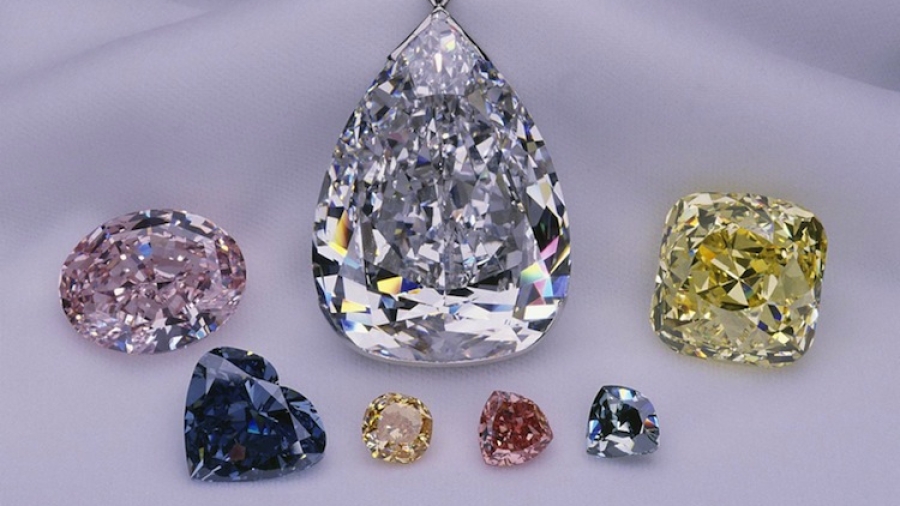India has always been known for its love for jewellery, with a rich history of traditional jewellery-making that dates back centuries. However, in recent years, international jewellery brands have entered the Indian market and made a mark with their unique designs and high-quality craftsmanship.
Leading Brands
One of the most successful international jewellery brands in India is Tiffany & Co., the iconic American brand known for its signature blue box. Tiffany & Co. entered the Indian market in 2019 with a store in New Delhi and has since expanded to Mumbai. The brand’ is known for its unique designs and high-end craftsmanship. Tiffany & Co. has been successful in capturing the attention of the Indian consumer, despite its higher price point.
Another international brand that has made a successful entry into the Indian market is Cartier, the French luxury brand. With stores in Mumbai, New Delhi, and Hyderabad, Cartier has established a strong presence in India. The brand’s timeless designs and exquisite craftsmanship have been well-received by Indian consumers, with many opting for the brand’s high-end jewellery and watches.
Italian luxury brand Bvlgari is another brand that has made its presence felt in the Indian market. Bvlgari opened its first store in India in 2014 in New Delhi and has since expanded to Mumbai and Bangalore. The brand’s intricate designs and use of colourful gemstones have been popular among Indian consumers, who value unique and vibrant jewellery pieces.
Upcoming brands:
Other international brands that have been successful in the Indian market include Van Cleef & Arpels, Chopard, Graff, Harry Winston, and Mikimoto. These brands have all found a niche in the Indian market, with unique designs that appeal to the discerning Indian consumer.
India: following international market trends
The success of international jewellery brands in India can be attributed to several factors. Firstly, the increasing affluence of the Indian consumer has created a demand for high-end luxury products. Additionally, the Indian consumer has become more fashion-conscious and willing to experiment with new designs and styles. International brands have been successful in meeting this demand by offering unique designs that cater to the diverse tastes of Indian consumers.
Another reason for the success of international brands in India is the rise of e-commerce. Many international brands have leveraged the growing trend of online shopping in India to reach a wider audience. This has allowed them to expand their reach beyond the traditional brick-and-mortar stores.
With near vertical rise in Gold prices, one more trend from international markets is now slowly catching up in India. Smart jewellery buyers have started preferring the jewellery retailers who are providing jewellery insurance along with jewellery.
In conclusion, the presence of international jewellery brands in India has added a new dimension to the Indian jewellery market, offering consumers unique and exquisite designs that cater to their evolving tastes and preferences. With the increasing demand for luxury products and the rise of e-commerce, the future looks bright for international jewellery brands in India.


























